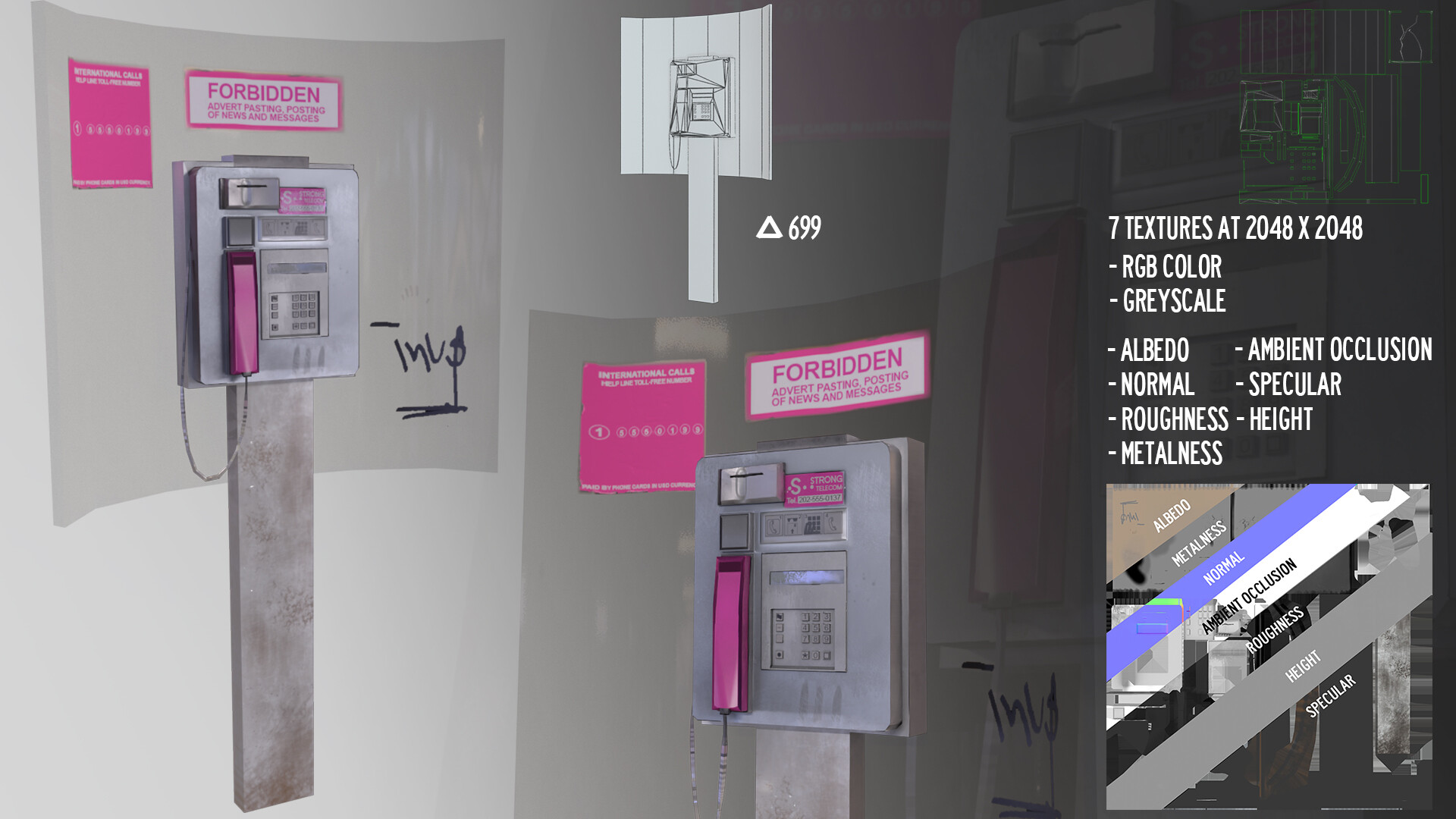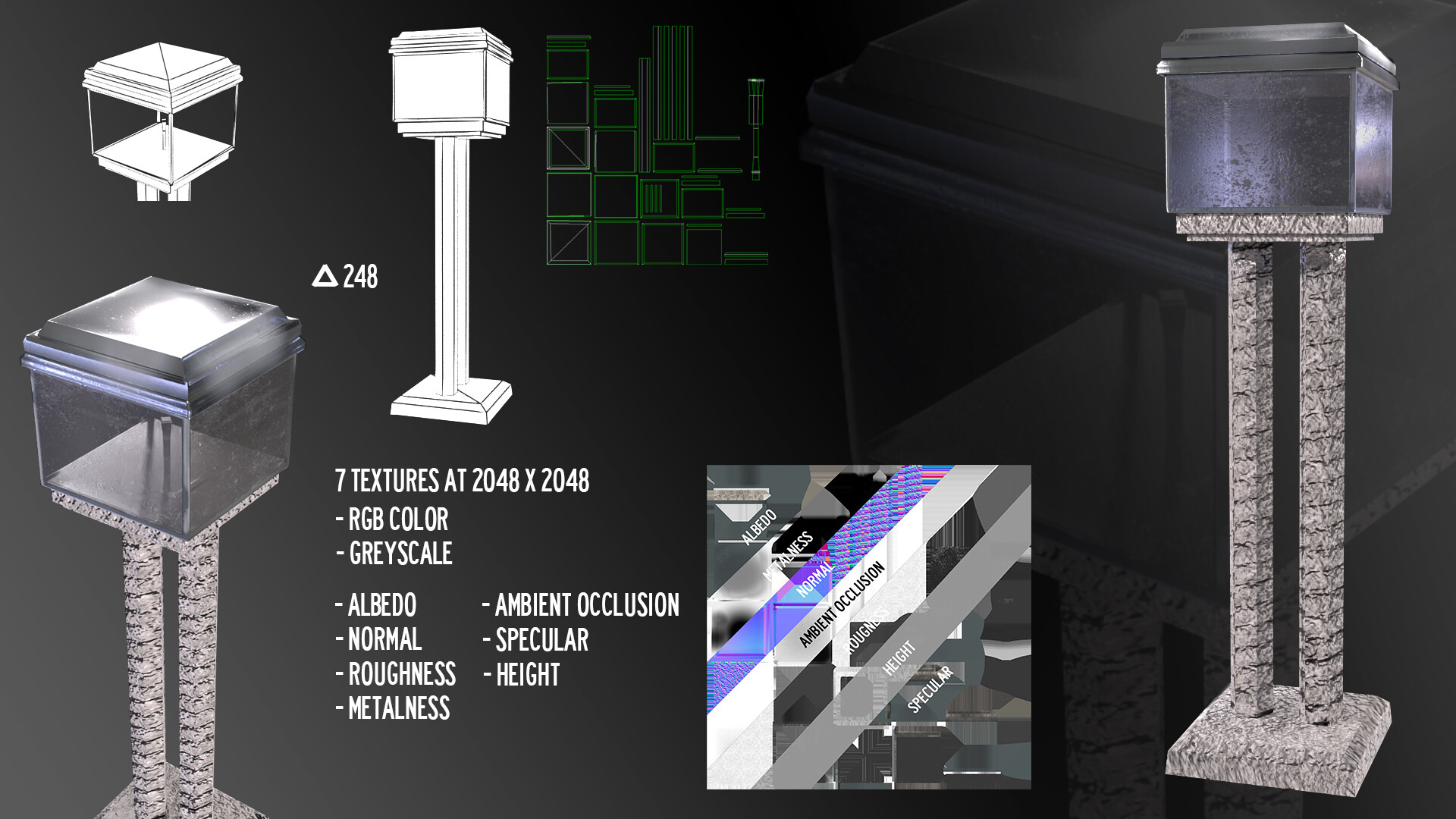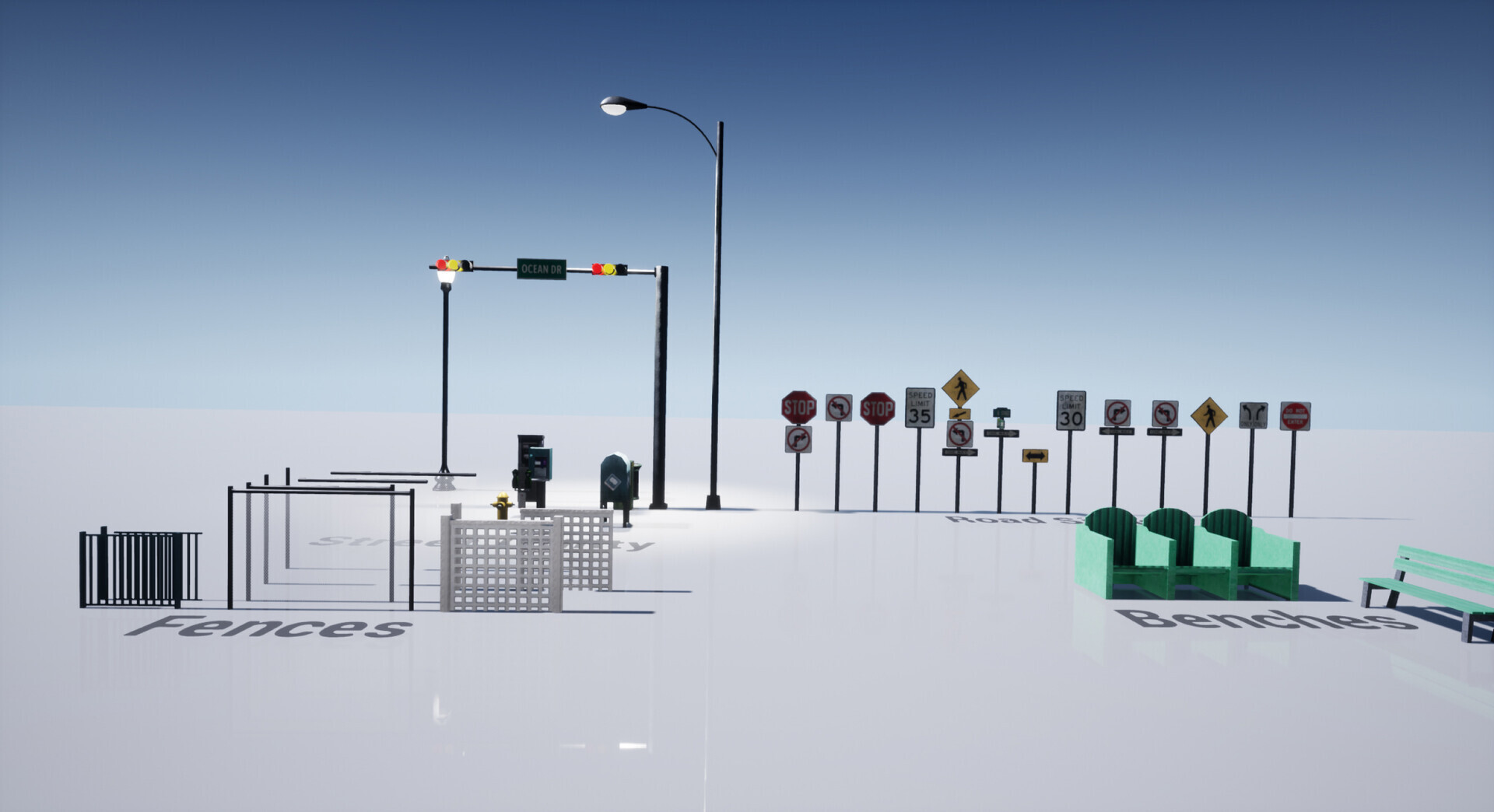The BRAWL² Tournament Challenge has been announced!
It starts May 12, and ends Oct 17. Let's see what you got!
https://polycount.com/discussion/237047/the-brawl²-tournament
It starts May 12, and ends Oct 17. Let's see what you got!
https://polycount.com/discussion/237047/the-brawl²-tournament
[FEEDBACK] [WIP] FV Portfolio on ArtStation
I'd like advice on current pieces I recently published to FV Portfolio ArtStation: https://fvportfolio.artstation.com/
I'm interested whether this is sufficient for lowest entry employment in game industry and if yes which pieces are best kept or which should be removed to certify best chances for the goal. Thank you.














I'm interested whether this is sufficient for lowest entry employment in game industry and if yes which pieces are best kept or which should be removed to certify best chances for the goal. Thank you.















Replies
So i've been doing 3d stuff for a while now but i dont work in the industry. I've tried a lot of stuff and absorbed a great deal of information either through trial and error, tutorials, GDC talks, etc. So take what i am about to say however you see fit.
There is a big difference between knowing how to use the tools and understanding why they are used. Same goes for knowing some workflows or pipelines vs. understanding why people have reached those flows in their day to day work. You seem to have a lack of understanding of why you need a normalmap, why we do these steps and what is the purpose of an asset.
The mindset that you must have is that of efficiency, performance and "less is more" as they say. In short, this whole conundrum is because we are doing assets for real-time apps. What that means for a 3d artist is that you cannot have lots and lots of polygons and each texture must count. In fact, in some cases each texel (texture pixel) counts. The way you model efficiently is by creating polygons only where you need them, like in the silouette of an object. Textures must be packed together where possible and UVs must have very little wasted space. Lots more theory goes into this business but lets focus on the basics.
So lets look at some examples. The mobile/pda has a flat face so why model all of those elements and bevels when you can do them in the normalmap!? Its easier for the game engine to render large polygons than those small thin ones and its easier for you to model and uv a simpler model. You can see that it has lots of normal problems either from the modeling or the baking.
The tazer gun is basically high poly and should be a lot more optimised. Material definition is not very good. Im guessing it should be made out of dull plastic but it looks like shiny leather. Materials are a really broad subject but a simple advice would be to gather lots of references and ask for feedback early on.
You have unwrapped every model uniquely but used tileable textures that are very noticeable. The point of unique textures is to have a material that has unique features for that model and doesnt repeat over and over, otherwise just use overlapping uvs.
The payphone has a really bad uv layout with lots of wasted space and strips of polygons that are not straight (making them prone to texel artifacts / pixelization). The model has very sharp edges. The texture lacks features like numbers and has a random noise applied to simulate wear/grime.
The exterior scene has the most problems. First of all it doesnt look finished. Set dressing phase is apparently missing. No cars, no small props, no story. The interiors look empty and that coupled with the lack of decals on the outside creates the feeling that this livable place is not lived in. No wear and tear, no grafitti, no variation in the tileable textures. The trees have weird normals that dont work in the daylight scenario.
So, lots of room for improvement. You seem to know how to use the tools, all you need to do is think about why you use them.
Portfolio link: https://fvportfolio.artstation.com/
Wonder if it's any better now, if yes please suggest what to leave and what to keep? Thank you.
Do you think anything has changed from before, is there any progress, how are employment chances? I'd like to hear new lease on critical views for current portfolio.
Let's take your trash can as an example. Your goal should be to take it to a quality level similar to this: https://sketchfab.com/3d-models/urban-trash-pack-vol-3-low-poly-01ecd2b93da340d5b81a47584c3b22e4
Notice how even the sharpest corner in this model is still pretty smooth, it resembles the real thing quite a bit and the textures are well placed and well thought out (i.e grunge is more present near the ground and wheels, stickers are slightly worn, some have paint drips and so on...)
What I recommend is taking a good tutorial from beginning to end like the ones @Zi0 suggested above, they are affordable and explain every part of the process very well.
If you keep at it you will definitely get there, but make sure that the models you put in your portfolio are at the best of your ability, even if that means making less models. Quality over quantity.